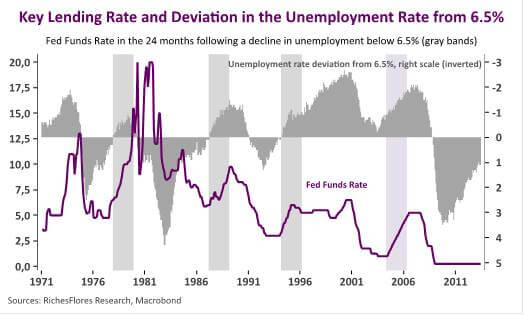
Monetary policies have traditionally not been concerned with the subject of inequality, even when their role has been to help the economy achieve full employment. Rather, policymakers have generally limited themselves to a macroeconomic approach guided by statistics such as aggregate growth, inflation, unemployment rates and average wage rates. But in recent years, the subject has made its way onto the agenda of a growing number of central bankers.
Former Fed Chairwoman Janet Yellen set this change in motion and seems to have attracted a certain number of monetary policy followers. In the United States, Neel Kashkari, president of the Federal Reserve Bank of Minneapolis, has often voiced his support of this approach. In January 2017, with Ms. Yellen’s support, he even went so far as to create the “Opportunity and Inclusive Growth Institute”, whose mission is to promote research that “will increase economic opportunity and inclusive growth and help the Federal Reserve achieve its maximum employment mandate”.
In Europe, the topic has become an important factor in Mario Draghi’s adjustments to monetary policy over the last two years. As Janet Yellen began to do in January 2014 by developing a series of complementary unemployment indicators, so the ECB chairman has regularly made reference to labor market slack and called attention to the risk of relying solely on the unemployment rate, which has become less and less representative of economic reality. He regularly speaks of underemployment, forced part-time work and multiple jobs to justify the continuation of hyper-accommodative monetary policy despite clearly improved economic conditions in the euro zone since the start of last year.


